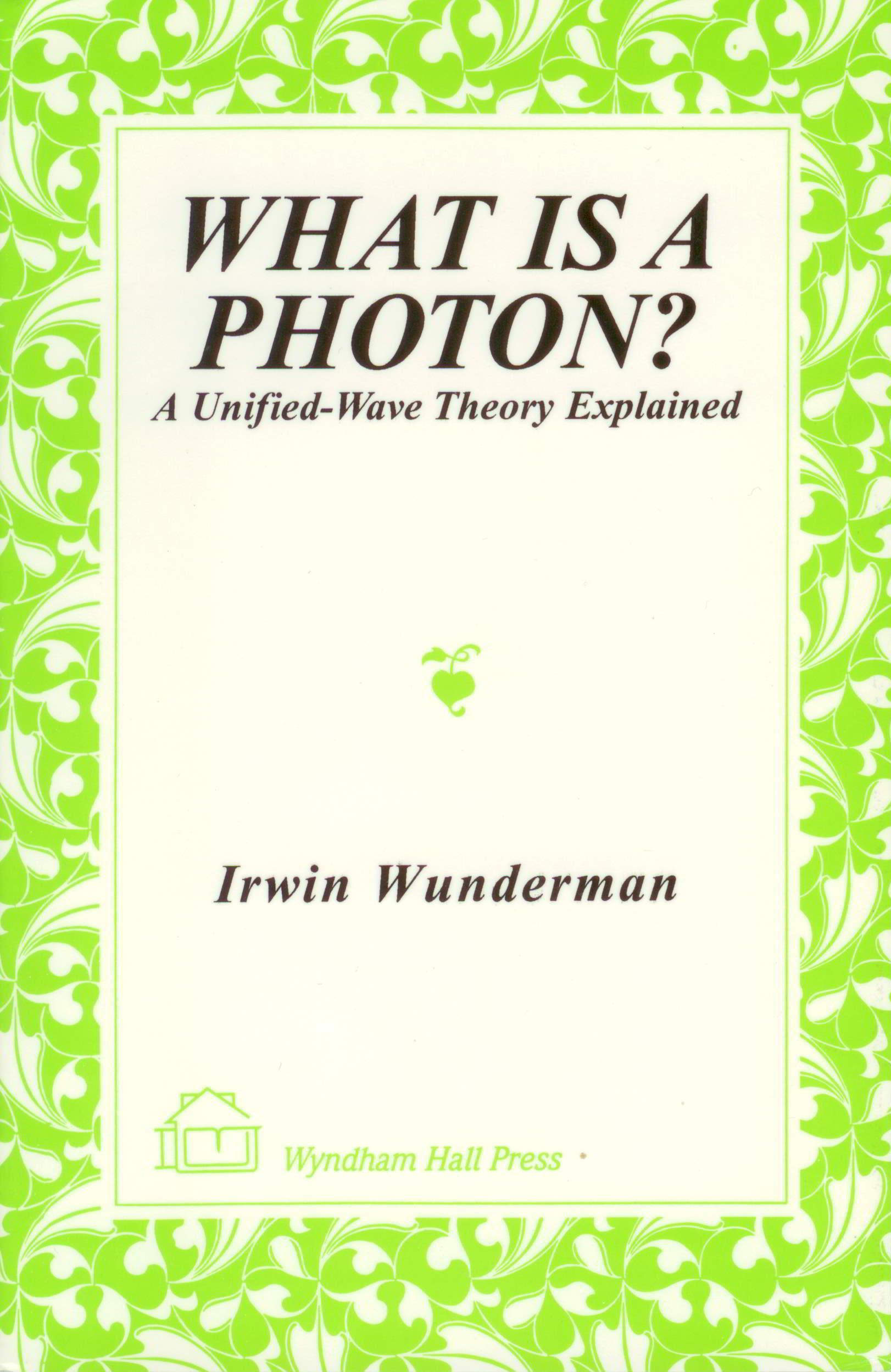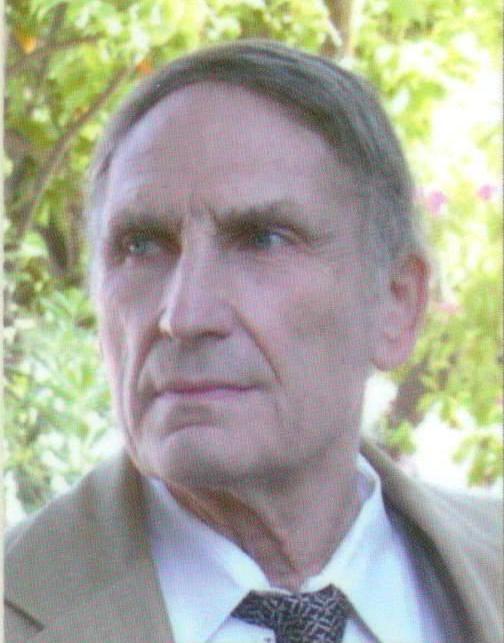This thesis involves more than photons. It attempts to unite classical, quantum, and relativistic physics, and derives a numerical origin for particle waves. The evolved waves are so basic they may provide a basis for all harmonic phenomena. The work also addresses the question, \"What is a photon?\", which provides a short title. The totality of issues touched upon would be difficult to put in a title. The presented answer to the photon question entails solutions to conventional harmonic equations under a variant mathematics with uncertainty. A photon unfolds as a wave that exists unto itself and can interfere with itself. As a single quantum it can never partition into two or more separate entities. Though of great extent, it can collapse virtually instantly because each such instant possesses all the information contained within the wave. With semantic license it might even be called a particle. The treatment distinguishes by unconventional interpretation of Euclidean space, coordinate axes, the harmonic exponential function, irrationality and singularities. Derived relationships postulate a classical basis for quantum mechanics and relativistic mechanics when space is permitted to possess an indeterminate angle AS within any complete cycle of 2(Pi) radians. Analysis suggests the origin of Planck\'s constant associates with that minute angular indeterminism in space-time encountered by cyclic phenomena. Associating a physical constant previously treated as a smallest unit of energy, length, or time, as a smallest angle, will indeed stir controversy.
Based on a \"natural mode\" within the ordinal number system, quantized solutions with indeterminism result for conventional integral-differential equations. This extends the domain of such solutions beyond exponential functions. These new solutions have properties well suited to describe photons and other quanta. Plausible explanations emerge for nonlocalization, wave-particle duality, vacuum fluctuations, the uncertainty principle, conservation laws, the Lorentz transformation, and diverse phenomena. The investigation presents a new approach to solving equations under conditions where space has indeterminate warpage and several specific conjectures entail credible guesses. The inquiry elaborates on conventionally accepted premises herein suggested as problematic. Some examples include: Why the limit of a compounding process should not proceed to infinity. Why cycles should not be treated as dimensionless; maintaining dimensional consistency for them is very important. Why ambiguity associates with dimensional units applicable to Planck\'s constant. Why Cartesian coordinates can introduce fundamental errors. Why a photon\'s energy should be proportional to frequency and not amplitude squared. Why analysis indicates that time is the fundamental quantized variable, rather than energy.
This work derives a classical basis for particles and waves and a foundation for: The Lorentz Transformation, Quantum Electrodynamics, time\'s arrow, wave/particle duality, de Broglie waves, non-localization, the energy-momentum conservation laws, curved space, interference anomalies, the uncertainty principle, the characterization of physical laws through mathematics, and a unified-wave description of field disturbances. The approach will undoubtedly be foreign, so the reader should be highly skeptical of such claims. It is therefore suggested that the entirety of this treatise be initially \"read as a novel\" without attempt to mathematically justify each successive step. The entire picture can then be gleaned with minimal effort and the material may be re-read exercising any desired degree of scrutiny. World class physicists may reject these ideas more emphatically at first than undergraduate physics students. They do not follow mainstream interpretations. Accepting the initial axiom of non-uniform space between ordinal integers may prove most difficult for those who view it as the greatest paradigm shift. The concepts are actually mathematically simple, though abstract because they are unfamiliar.



